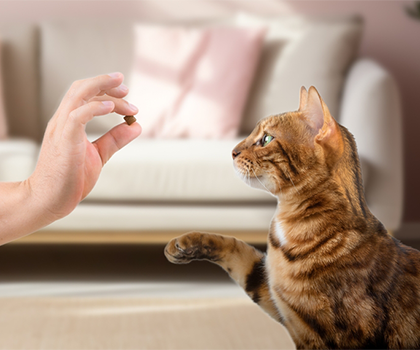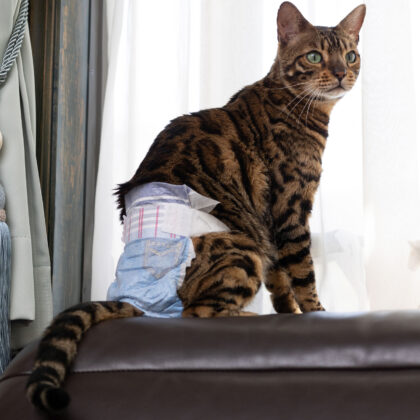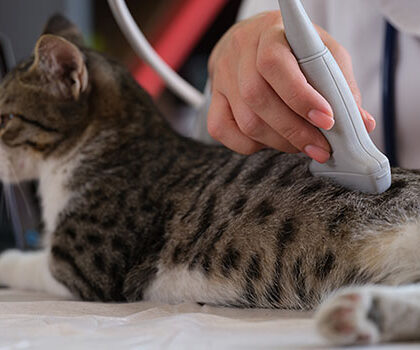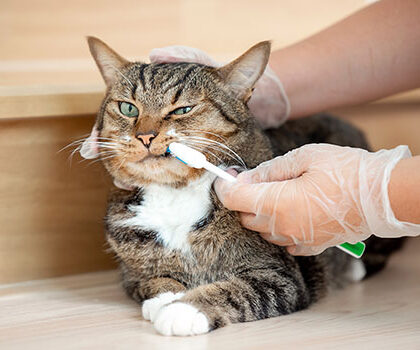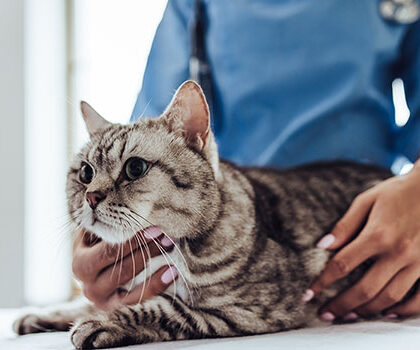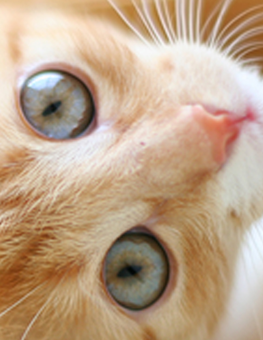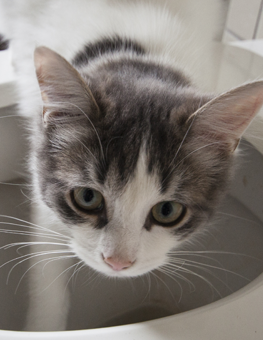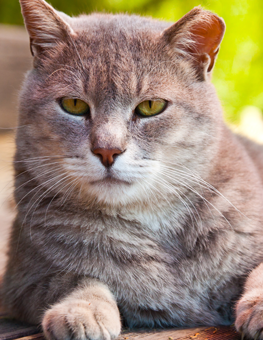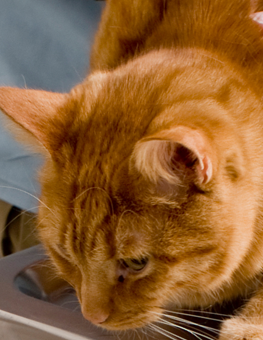Is It Safe To Declaw Your Cat?
If you've been on the fence about adopting a cat because you think that your new pet would have a field day scratching your furniture and other home accents, you may be looking into a procedure called declawing.
In reality, this operation has become frowned upon in the veterinary community and can sometimes lead to a variety of feline health concerns that are quite preventable.
What does declawing entail? While some prospective pet parents believe that declawing is just the simple removal of a cat's nails, it's actually far more involved. According to MedicineNet.com, the operation actually calls for the removal of a small bone in a cat's foot where the root of the nail grows, and if not removed properly, the nail can begin to grow back.
Does the operation have side effects? For several weeks after the procedure, a cat may experience pain when walking or jumping. While the cat won't be able to scratch furniture, removing its claws can prevent it from climbing or defending itself against predators, inhibit its ability to groom and may even lead to changes in behavior, reports PetStation.com. Simply put, most veterinarians view the operation as crippling a cat's ability to live a normal life and encourage their clients to pursue other options.
What can I do instead? Because there are few veterinarians in the United States that will perform the operation, it may be wise to simply cat-proof your home in myriad ways. For instance, consider using double-stick tape on your couches to prevent your cat from scratching, as well as supplying a series of cat scratching posts and cat trees to give your cat the ability to nurture his or her instinct to scratch. Use positive reinforcement with treats when your cat is using these posts to encourage him or her to continue that behavior in the future. Conversely, if you see your cat scratching at your furniture, keep a spray bottle filled with water handy to teach your pet that won't be tolerated. Nail trimming every 10-14 days will also reduce any damage from scratching. See our five-step trimming technique for cats for step-by-step instructions.
Ultimately, it comes down to the owner's final decision when choosing whether or not to go with a declawing operation, but it may not be the right choice for your cat's long-term quality of life or well-being. It may take some hard work to train your pet, but it's certainly worth it to spare him or her from a potentially painful operation.
This content is provided by the pet wellness experts at Hartz. We know that adopting a dog or cat is a huge commitment, so we're here to help you feel confident and become the best pet parent you can be.
So tell us in the comments below, what is your cat’s favorite thing to scratch?




